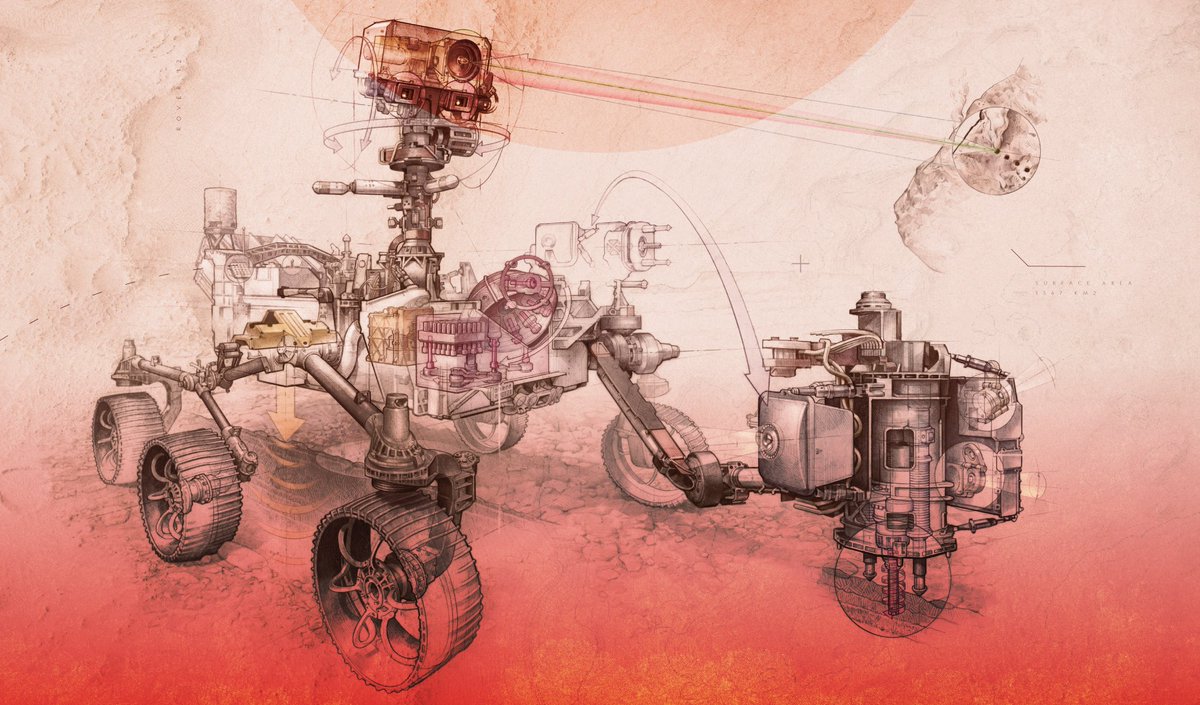
In the year since the WHO declared a global pandemic, our society was forced to adapt to new ways of living, working, learning, and grieving.
Millions are still coming to terms with loss as the death toll climbs.
Millions are still coming to terms with loss as the death toll climbs.

Today, we invite you to join us for a retrospective look at the challenges brought by the pandemic. Follow along as our staff shares takeaways and highlights from one year of #COVID19 coverage at National Geographic
The first time we tweeted about the novel coronavirus was on January 21, 2020, as researchers began to notice similarities between SARS and the new outbreak—both zoonotic diseases
https://twitter.com/NatGeo/status/1219788033677037569
As the pandemic unfolded in real time, so did our storytelling—from weekly Q&As with @MoNscience to daily case tracker updates and dispatches from photographers across the globe on.natgeo.com/3l6LXHZ
Since then, the coronavirus—and pandemics in general—have been the topic of not one, but three covers of the magazine: August, November, and February 2021. on.natgeo.com/3rBJeZC 





Through it all—while working remotely—staff across the company have played a role in bringing these important stories to followers like you.
Thank you, as always, to our subscribers and followers for reading National Geographic
Thank you, as always, to our subscribers and followers for reading National Geographic
First up is photo editor @mallorybenedict on visual storytelling during a pandemic. Follow her thread here:
https://twitter.com/NatGeo/status/1370030602766925828?s=20
Passing the mic to @BijalPTrivedi for a look at inequities exposed by the pandemic. Follow her thread here:
https://twitter.com/NatGeo/status/1370062254998228996?s=20
Up next, @vmjaggard99 on the various ways #COVID19
took a mental toll on us as well. More in her thread:
took a mental toll on us as well. More in her thread:
https://twitter.com/NatGeo/status/1370088350502256643?s=20
To close, @dabeard curates some defining moments in journalistic coverage of the pandemic—and the reactions to it here:
https://twitter.com/NatGeo/status/1370121108595281923?s=20
@threadreaderapp unroll please
• • •
Missing some Tweet in this thread? You can try to
force a refresh





